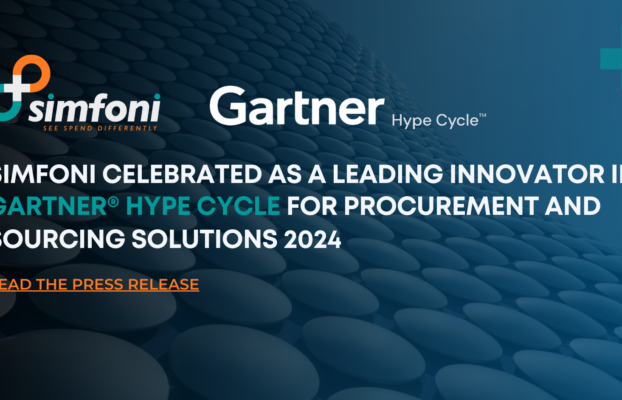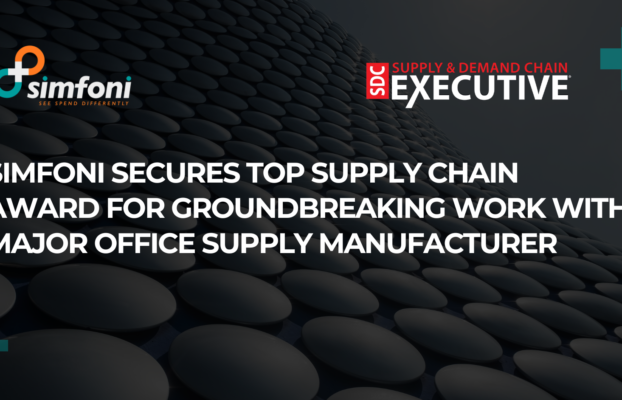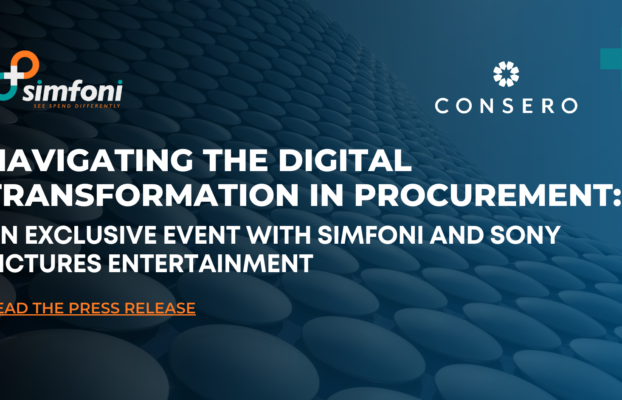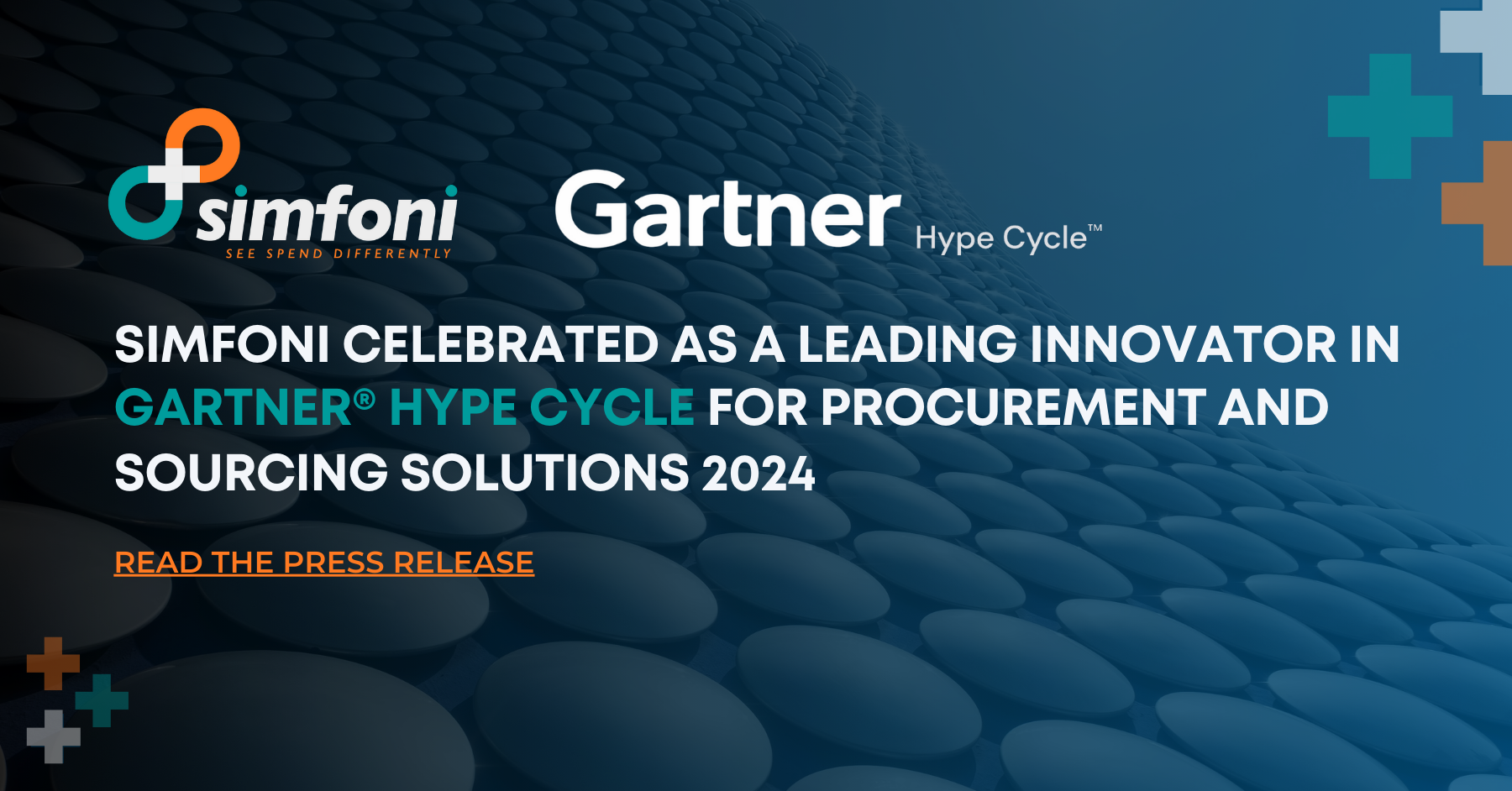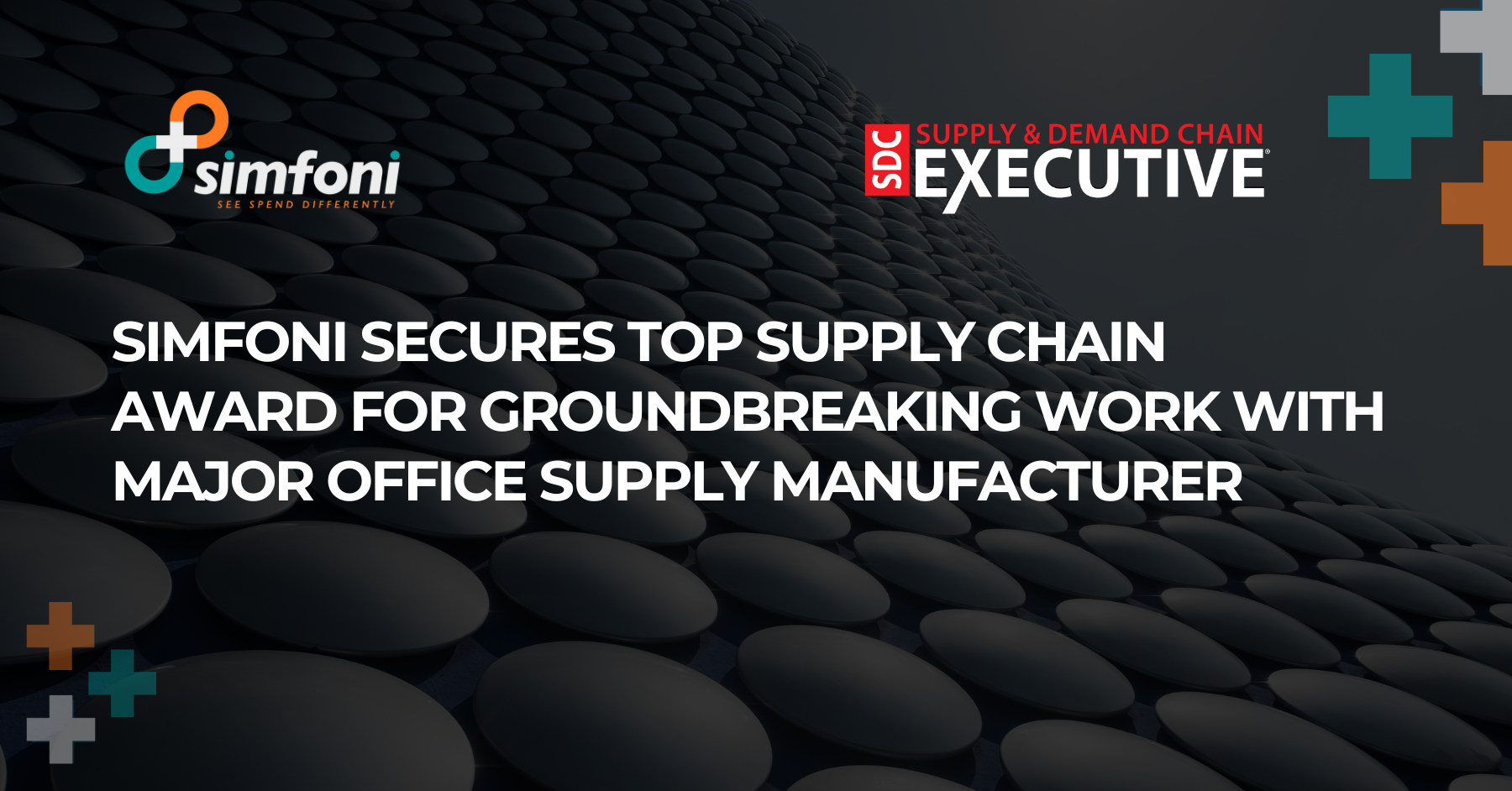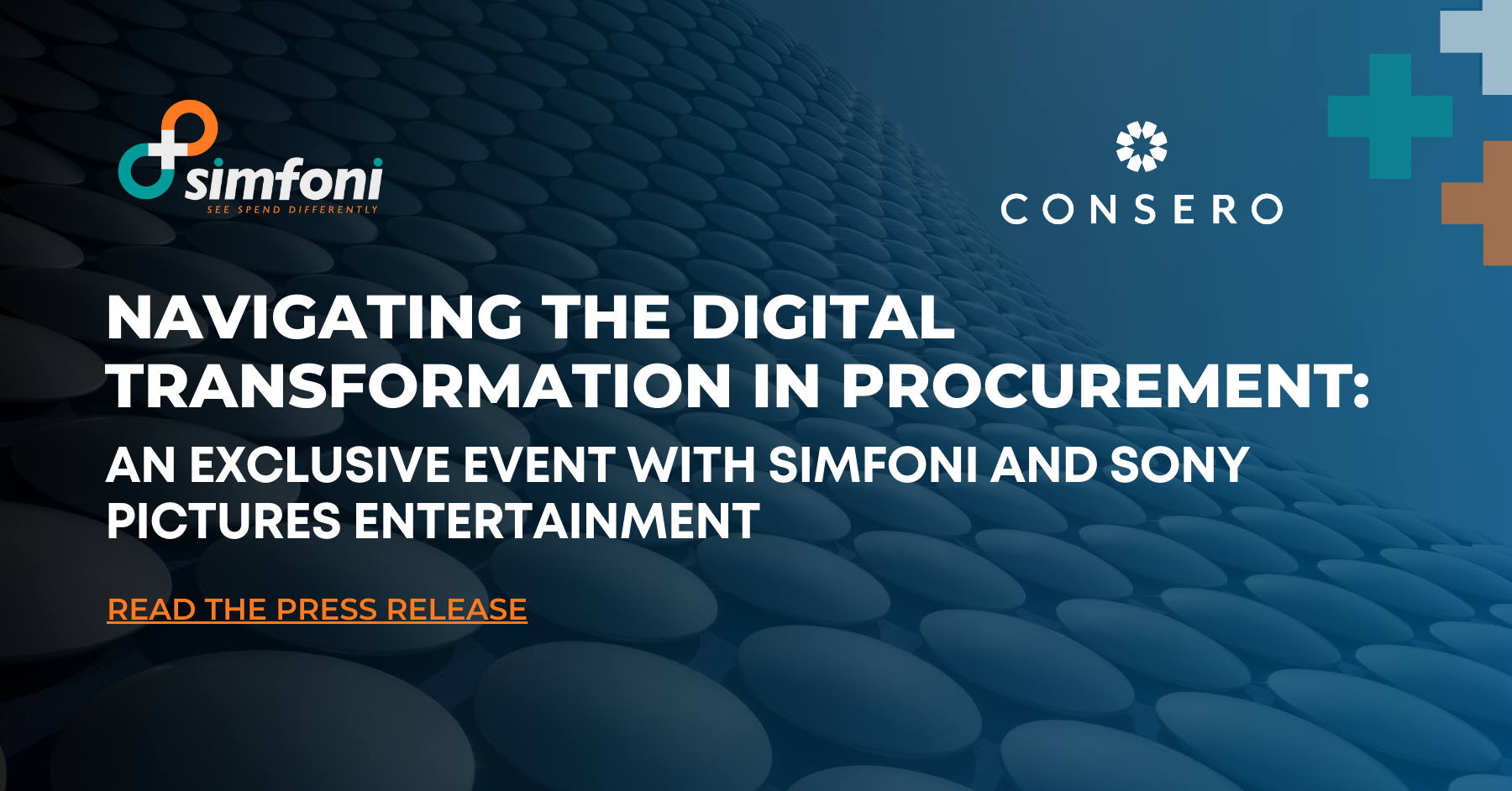When procurement professionals debate tail spend, they are often referring to non-strategic purchases that account for 10%-20% of an organization’s indirect spend. Large global enterprise businesses often have thousands of low throughput ‘tail’ suppliers supplying low-value purchase items, from copy paper to IT software and services and practically everything in between. It is not uncommon to find that 10% of total spend is thinly distributed across 90% of vendors, which creates a costly transactional burden for both procurement and finance. Because it’s such a daunting operational challenge to confront, tail spend is often unmanaged by already overburdened procurement teams.
In our progressively competitive and volatile global business climate, procurement professionals are under intense strain to do more with less. Although managing by triage may sometimes seem like the only way to get through the day, disregarding tail spend ultimately costs your organization more than you might initially realize.
Learn more:- On Demand Webinar – How to Gain Control and Save on your Indirect Spending
Unaddressed tail spend represents up to 20% of total indirect expenses. To put this into perception, at a corporation with $2 billion in indirect expenses, tail spend might account for $400M. That’s a lot of money that procurement teams choose to overlook because they are too busy managing the other $1.6 billion (80%). However, the unmanaged 20% drains the organization’s resources and has a significant impact on the organizations financial performance – especially as it relates to Sales, General & Administration (SG&A) and Cost of Goods Sold (COGS), not to mention the overhead cost to AP to process low dollar invoices.
- The average full-time procurement team member touches more than $50 million in indirect spend across 300 suppliers — of which more than 85% resides in the tail.
Getting a Grip on the Tail Spend
In order to bring all spend under management (the holy grail KPI for procurement teams), procurement teams need to get their tail spend under control. The great thing about tail spend is that, with the right solution, this previously unmanaged spend can yield significant and fast savings and boost financial performance. Getting a grip on the tail can not only boost EBITDA, it can help the entire organization achieve long-term process efficiencies and improved financial health.
For businesses that want to get serious about improving their spending habits, digitizing spend is the way to go. The organizations that can benefit most are those that have yet to take advantage of procurement automation. These tend to be mid-market companies that have limited procurement resources and e-procurement solutions.
Simfoni’s tail spend solution enables business of any size to leapfrog traditional purchasing systems and advance directly to a best-in-class cloud-based solution that automates everything, almost overnight. Our Pay As You Save (PAYS) fee model eliminates traditional eProcurement fees and removes barriers to entry, enabling organizations of any size to digitize and optimize spend.
Read More:- What is Procure to Pay – A Guide to Procure-to-Pay (P2P) Process
Here are a few tips for getting your tail spend under control:
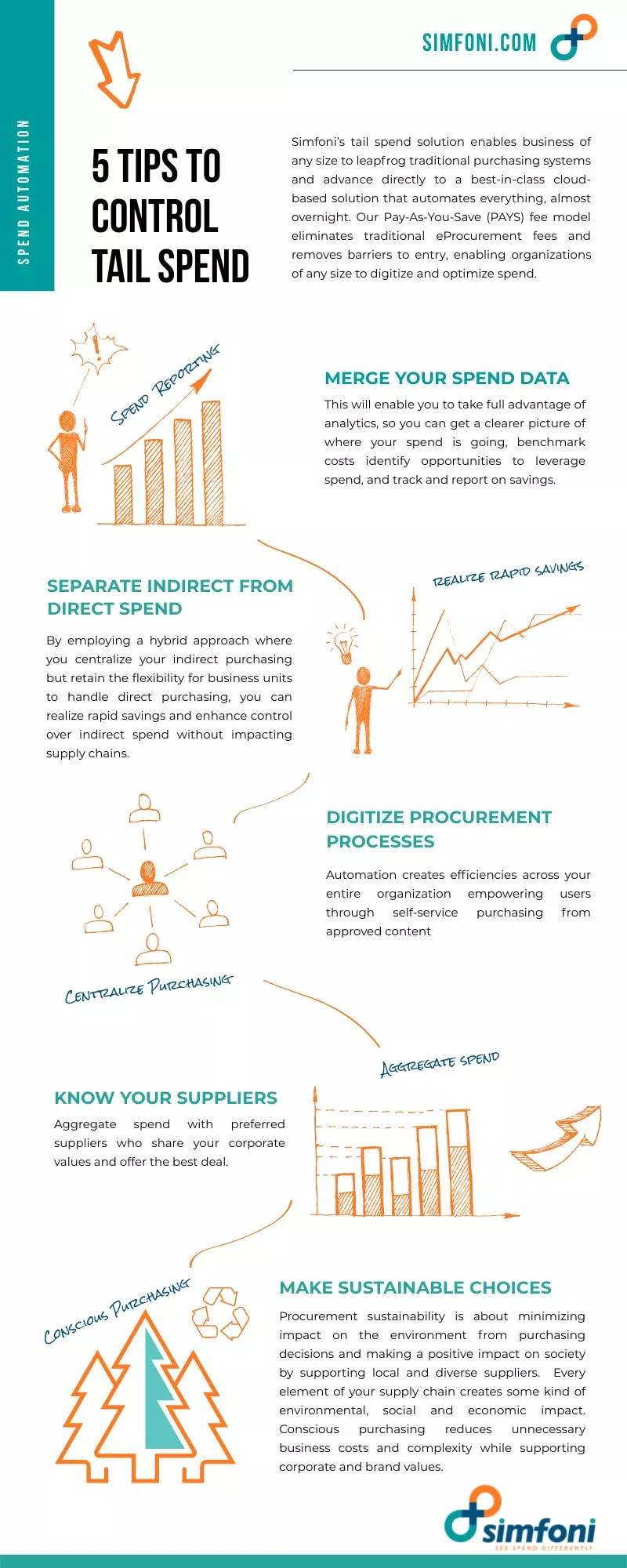
Read More: – What is Source to Pay – A Guide to Source to Pay (S2P) Process
- Merge your spend data. This will enable you to take full advantage of analytics, so you can get a clearer picture of where your spend is going, benchmark costs identify opportunities to leverage spend, and track and report on savings.
- Separate indirect from direct spend. By employing a hybrid approach where you centralize your indirect purchasing but retain the flexibility for business units to handle direct purchasing, you can realize rapid savings and enhance control over indirect spend without impacting supply chains.
- Digitize procurement processes. Automation creates efficiencies across your entire organization empowering users through self-service purchasing from approved content.
- Know your suppliers. Aggregate spend with preferred suppliers who share your corporate values and offer the best deal.
- Make sustainable choices. Procurement sustainability is about minimizing impact on the environment from purchasing decisions (e.g., CO2 emissions in transportation or packaging materials) and making a positive impact on society by supporting local and diverse suppliers. Every element of your supply chain creates some kind of environmental, social and economic impact. Prioritizing supply chain sustainability is an effective way to evoke positive change by improving vendor diversity and minimizing environmental impact. Conscious purchasing reduces unnecessary business costs and complexity while supporting corporate and brand values.
Spend automation enables businesses to become faster and more agile — two necessary traits to cultivate in today’s competitive business landscape. If you are ready to get your tail spend under control, contact Simfoni today .

